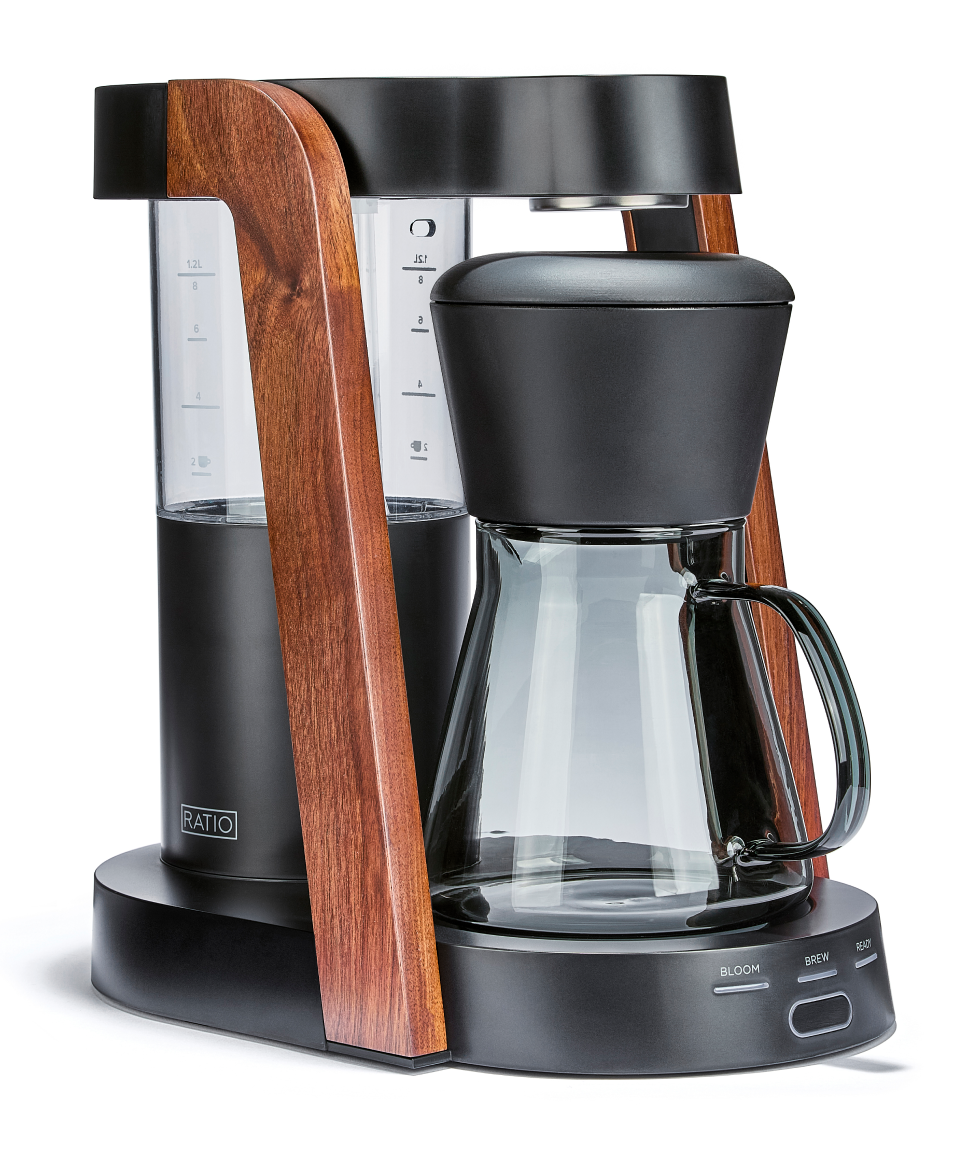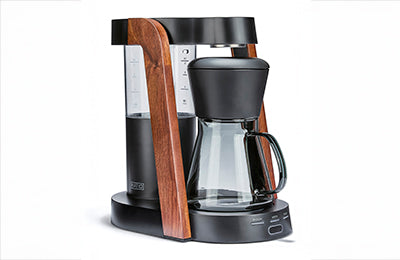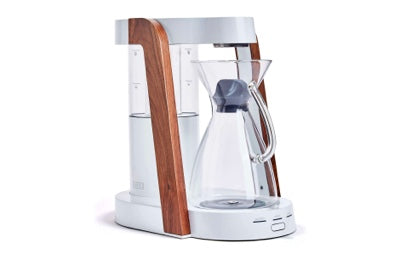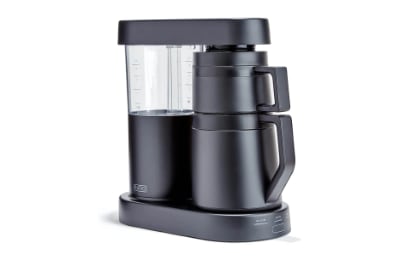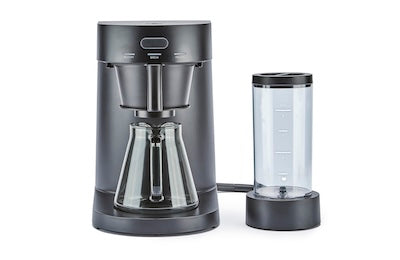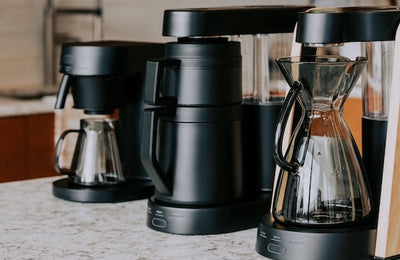Why Overfilling Your Coffee Maker Is a Flavor Killer
Bigger isn’t always better — especially when it comes to brewing coffee. If you’ve ever thought, “I’ll just fill it to the top,” you’re not alone. Many people overfill their coffee maker thinking it’ll save time or brew enough for everyone at once. But what often gets sacrificed in the process is flavor.
Overfilling your coffee maker — whether it’s a pour-over setup, French press, or high-end automatic brewer — can throw off your ratio, mess with water flow, and leave you with a cup that’s muddy, sour, or weak. And if you’re using premium beans? That’s a lot of quality going to waste.
Let’s break down what really happens when you brew past the sweet spot — and how to keep every cup tasting like it should.
The Brewing Ratio Falls Apart
Every great brew starts with a balance: coffee-to-water ratio. Most home brewers stick to a baseline of 1:15 to 1:17 — that’s 1 gram of coffee for every 15–17 grams (or milliliters) of water.
But when you overfill your brewer without adjusting the coffee dose proportionally (or if your brewer maxes out before reaching that ratio), you end up with:
-
Under-extracted coffee: Sour, sharp, or watery
-
Inconsistent strength: Some brews too strong, some too weak
-
Missed flavors: You’ll get some notes, but not the full picture
A full carafe might feel efficient, but a well-extracted half-pot will taste better every time.
Water Flow Gets Compromised
Brewing devices — from pour-overs to automatic machines — are designed with specific volumes and flow rates in mind. When you exceed those limits:
-
Water saturates unevenly
-
Coffee grounds overflow or rise too high
-
Channeling becomes more likely, especially in cone filters
-
Brew time changes unpredictably
The result? Uneven extraction. You might have pockets of over-extracted sludge and zones of under-saturated grounds in the same bed.
In short: more water doesn’t mean more good coffee — it often means worse coffee.

The Coffee Bed Can't Do Its Job
During brewing, the coffee bed acts like a filter. It slows water down, holds grounds in place, and provides a path for even extraction. When overfilled:
-
The water column becomes too heavy, rushing through the coffee
-
Fine particles get pushed into the cup
-
Turbulence stirs the bed and leads to clogging or mess
Especially with immersion methods like French press or AeroPress, overfilling can agitate sediment and ruin clarity.
Even in precision brewers, exceeding capacity creates chaos where balance should be.
Heat Retention Suffers
Here’s something most people overlook: temperature stability. When you fill beyond a brewer’s recommended capacity, the brewing temperature may not hold.
-
Larger volumes take longer to heat up
-
Wider brewers may lose heat faster near the edges
-
Brewing too much can lower the average temp below optimal range (195–205°F)
The result is flat, underdeveloped coffee with muted aromatics. Great flavor starts with proper heat — and overfilling breaks that system.
When Scaling Up Means Scaling Down Quality
If you’re brewing for a group and want to make more coffee, it’s tempting to push your gear past its limits. But instead of overfilling:
-
Brew in batches: Make two well-balanced brews instead of one compromised one
-
Use a larger brewer built for volume (like an 8-cup Chemex or larger-capacity auto drip)
-
Grind and dose properly: Scaling up means adjusting every part of the brew, not just adding water
More isn’t just more — it’s different. And often, that difference is less flavor.
How Ratio Coffee Brewers Keep This in Check
High-end machines like those from Ratio Coffee are engineered for consistency. That means water volume, heat control, and extraction time are calibrated to specific brew ranges.
Overfilling these machines defeats that precision. To get the best cup, stay within the recommended capacity — letting the machine do what it was designed to do: deliver even, balanced, repeatable brews.
If you need more coffee? Let the machine cool slightly and start another cycle. Two perfect brews are better than one bad one.
When Volume Gets in the Way of Intention
Coffee brewing is a process of intention — not just volume. Rushing to brew more than your setup is designed for often leads to more waste, more bitterness, and less satisfaction.
Instead, scale your brew thoughtfully. Use equipment that supports the amount you want to make. Respect the process. And remember: no one remembers how much coffee you brewed — only how good it tasted.
Frequently Asked Questions
Is it really bad to overfill my coffee maker sometimes?
Yes, especially if you care about flavor. Overfilling leads to uneven extraction, ratio errors, and inconsistent temperature.
How do I know my brewer's capacity?
Check the manufacturer’s specs, or look for water fill lines. Stick to the recommended max for optimal performance.
Can I just add more grounds to compensate?
Only if you also adjust your grind, pour rate, and brew time — otherwise you’re likely to over-extract or clog the filter.
What’s the best way to brew more coffee without overfilling?
Brew in back-to-back batches, or upgrade to a larger-capacity brewer designed for bigger output.
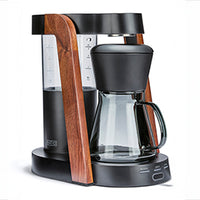 Ratio Eight S2
Ratio Eight S2
 Ratio Eight Original
Ratio Eight Original
 Ratio Six
Ratio Six
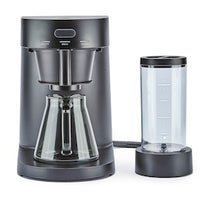 Ratio Four
Ratio Four
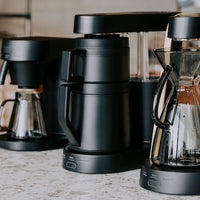 Compare Machines
Compare Machines
